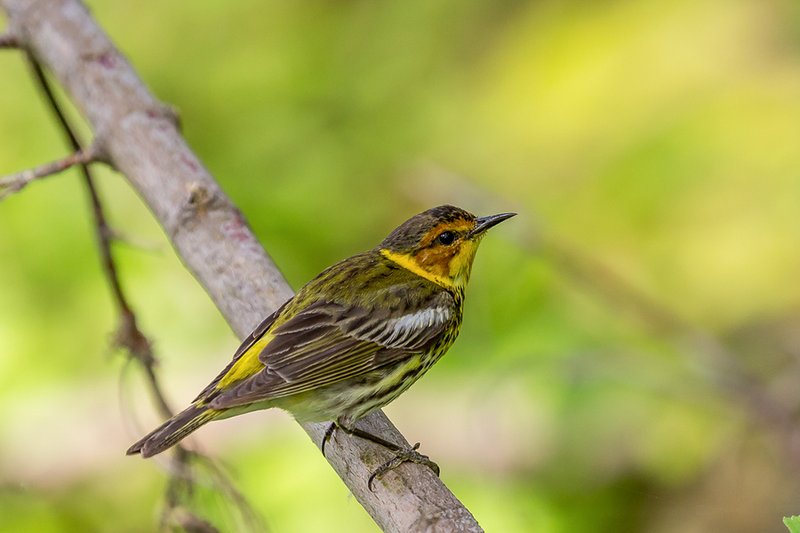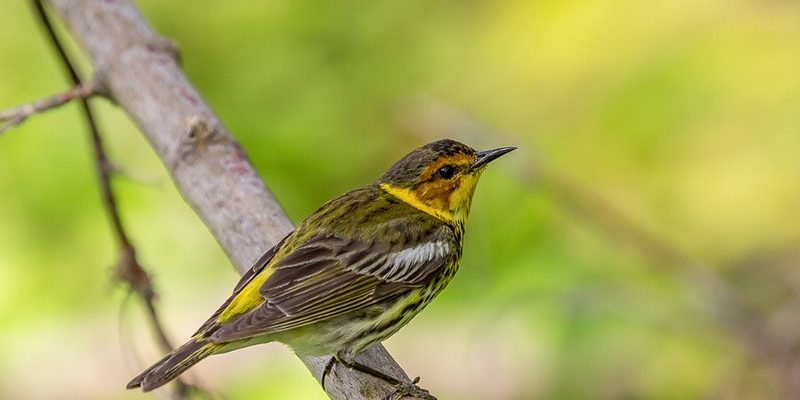
Imagine a world where the temperature is rising, and with it, the seasons are shifting. In this changing environment, wasps are like the canaries in the coal mine, showing us how subtle changes in climate can ripple through nature. Let’s dive deeper into how climate change impacts these fascinating insects.
Understanding Wasp Ecology
Wasps are not just the pesky bugs that ruin your picnic; they’re crucial players in our ecosystems. They help pollinate plants and control pest populations, which is a big deal for agriculture. There are thousands of wasp species, ranging from solitary wasps that live alone to social species that build colonies.
Most wasps are mostly carnivorous, feeding on other insects. But some, like the yellowjacket, also enjoy sweet substances. This makes them important contributors to the balance of nature. When you break it down, without wasps, we could see a spike in pest populations that harm crops.
The delicate balance in which wasps exist can be disrupted by climate change. Their life cycles, habitat preferences, and survival strategies are all under pressure. Understanding this is key to grasping the larger implications of climate change.
How Climate Change Affects Wasp Populations
Rising temperatures have a direct effect on wasp populations. You might be wondering, “How does warmer weather impact them?” Well, increased temperatures can change their reproductive cycles. Wasps are more active in warm weather, and a sudden increase in temperature can lead to earlier hatching.
However, this isn’t always a good thing. A mismatched breeding schedule can cause young wasps to emerge before food sources are available. If food is scarce, those young wasps might struggle to survive. As a result, we could see dips in the population during crucial months.
Additionally, fluctuating temperatures can lead to unpredictable weather patterns. Think about heavy rains or late frosts. These events can damage nests and disrupt the development of larvae. For wasps, these environmental stressors can mean the difference between thriving and just getting by.
The Shift in Habitat
You might be surprised to learn that climate change is influencing where wasps can live. As temperatures rise, many species are migrating to higher altitudes and latitudes. This is a natural response to find more favorable conditions. However, it can lead to competition with local species that already inhabit these new areas.
Let’s take, for example, the yellowjacket wasp. This adaptable species is increasingly found in areas that used to be too cold for them. While it can thrive in new environments, it also poses threats to local ecosystems by out-competing native species.
The shift in habitat doesn’t just affect the wasps, either. Local plants and animals may struggle to adapt to the new dynamics, leading to a cascade of ecological changes. A chain reaction could leave entire ecosystems vulnerable, showing just how interconnected our world really is.
Impacts on Pollination
Wasps contribute to pollination, but their role is often overshadowed by bees. Still, many wasp species pollinate flowers as they move from one plant to another in search of food. So, what happens when climate change disrupts their lifecycle?
As mentioned earlier, the timing of wasp emergence can be out of sync with flowering plants. If wasps emerge too early or too late, they may not be there when the plants need them most. This can lead to reduced pollination and ultimately affect fruit and seed production.
To put this into perspective, imagine a farmer relying on wasps to control insect populations and assist with pollination. If the wasps don’t show up when expected, pest outbreaks could occur, leading to lower yields. The ripple effect on agriculture can be significant, impacting food supply chains and prices.
Human-Wasp Interactions
As wasps shift their habitats and populations fluctuate, human-wasp interactions may change as well. You might think of wasps as nuisances, especially during summer barbecues. But understanding their role can change the way we see them.
With climate change pushing wasps into urban areas, encounters between humans and wasps could increase. This might lead to more stings, heightened fears, and a general dislike of these insects. Nonetheless, it’s vital to remember that wasps contribute to pest control, which can reduce the need for harmful pesticides.
By learning to coexist with wasps, we can foster healthier environments. Planting diverse flowers can create habitats that benefit both wasps and local ecosystems. And, educating ourselves about their importance may help reduce fear and encourage a more harmonious relationship.
Conservation Efforts for Wasps
To combat the impacts of climate change on wasps, conservation efforts are crucial. Protecting their habitats is one step. This means conserving natural areas and preventing the destruction of local ecosystems. Without healthy environments, wasps and other native species struggle to survive.
Additionally, researchers are studying wasp populations to monitor their status. Understanding changes in their behavior and populations can help inform conservation strategies. For example, community education programs can help residents learn about wasps’ roles in nature and ways to create friendly environments for them.
You might also wonder about garden practices. By reducing pesticide use and planting native flowers, people can create welcoming spaces for wasps. Encouraging awareness about the benefits of wasps can shift perspectives and promote their conservation.
As we wrap up this journey, it’s clear that climate change impacts wasps in numerous ways. From shifting habitats to disrupted reproduction cycles, the challenges they face can ripple through our ecosystems.
Remember, these little creatures play essential roles that, despite their size, have significant implications for agriculture and biodiversity. If we take steps to understand and protect wasps, we can help ensure a balanced ecosystem. After all, a healthy environment benefits all of us, and every insect, no matter how small, plays a part in that balance. Let’s appreciate these often-overlooked guardians of our gardens and work towards a future where they can thrive.

